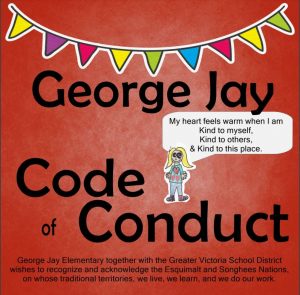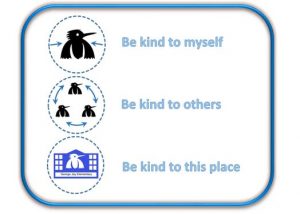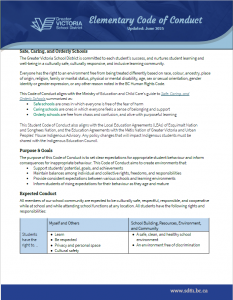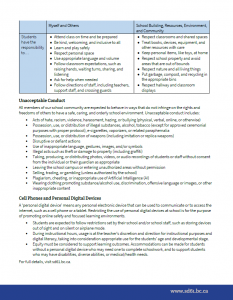George Jay’s CODE OF CONDUCT
2025 – 2026 (reviewed May/June 2025)
A caring, respectful environment that supports learning for all

Our code of conduct highlights a child-focused lens. Students co-constructed the criteria to build and understand their rights and responsibilities. Check out the Student Code of Conduct.





